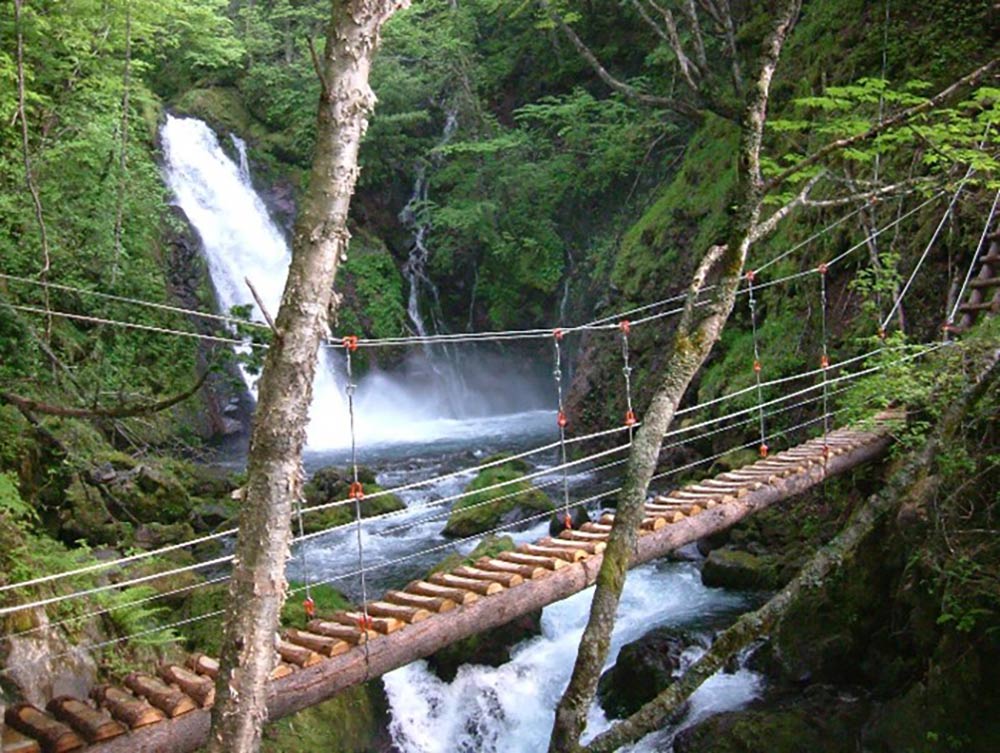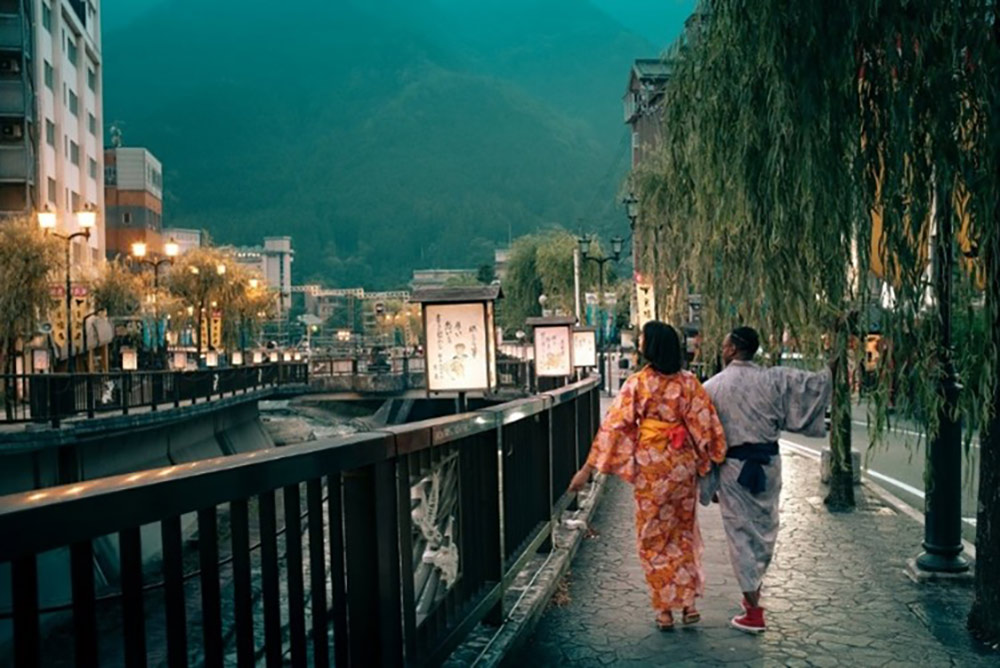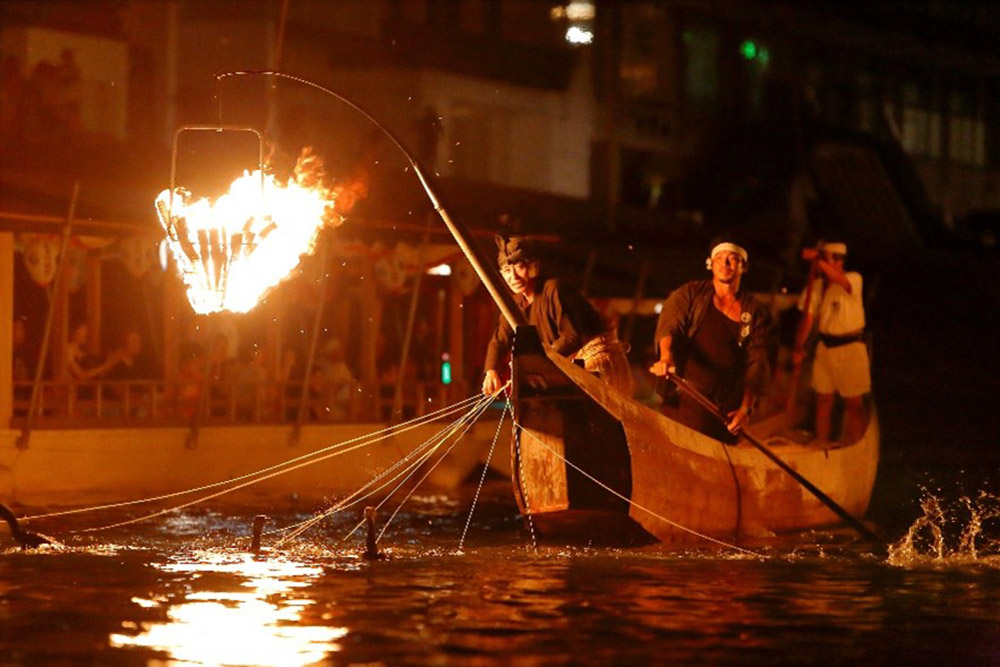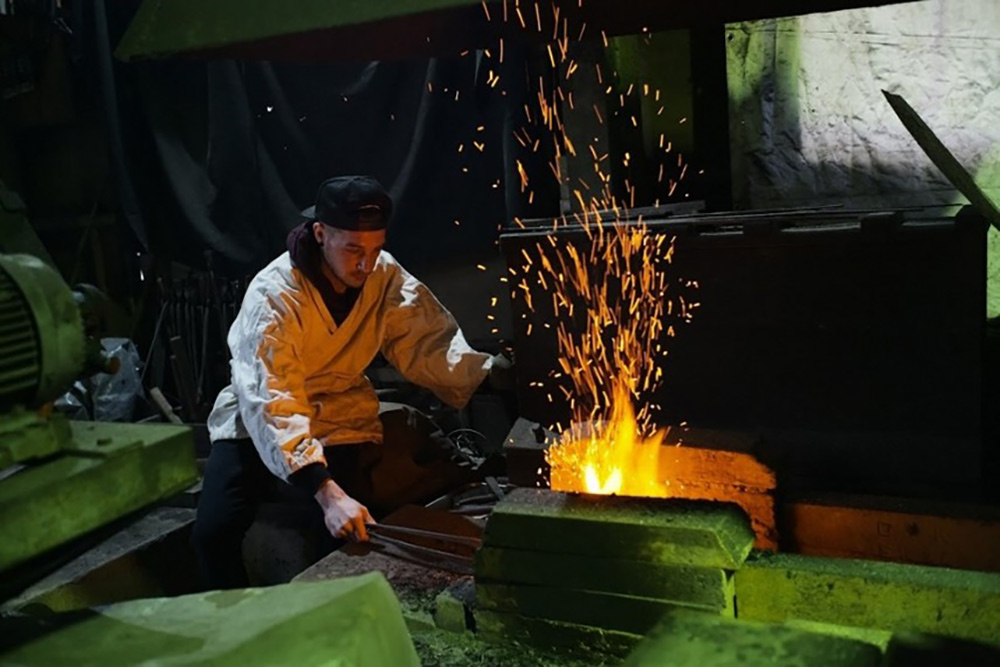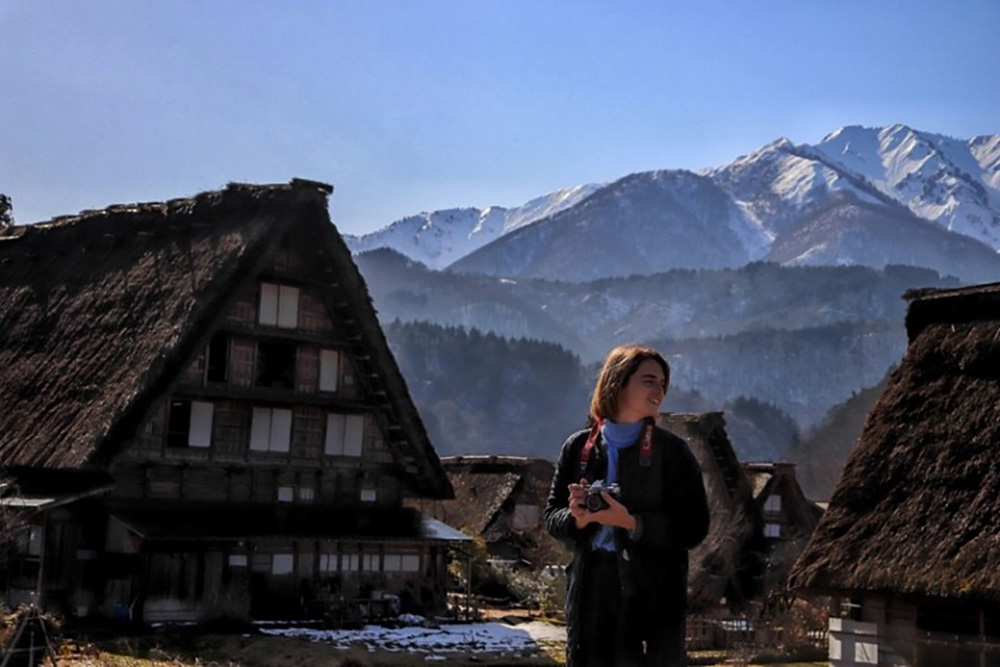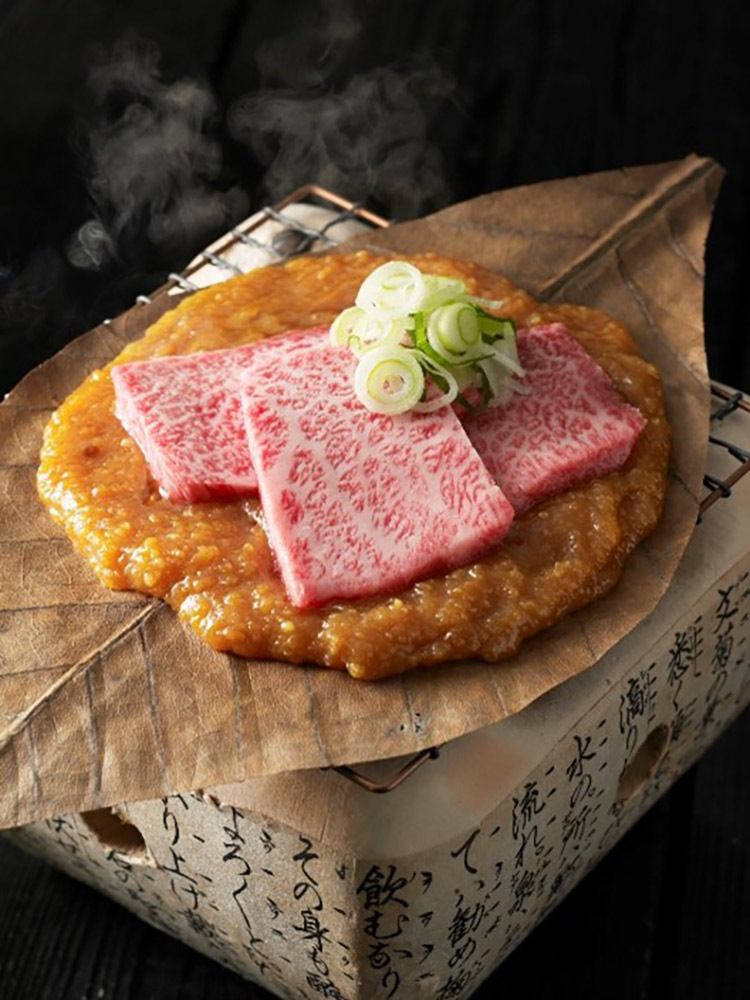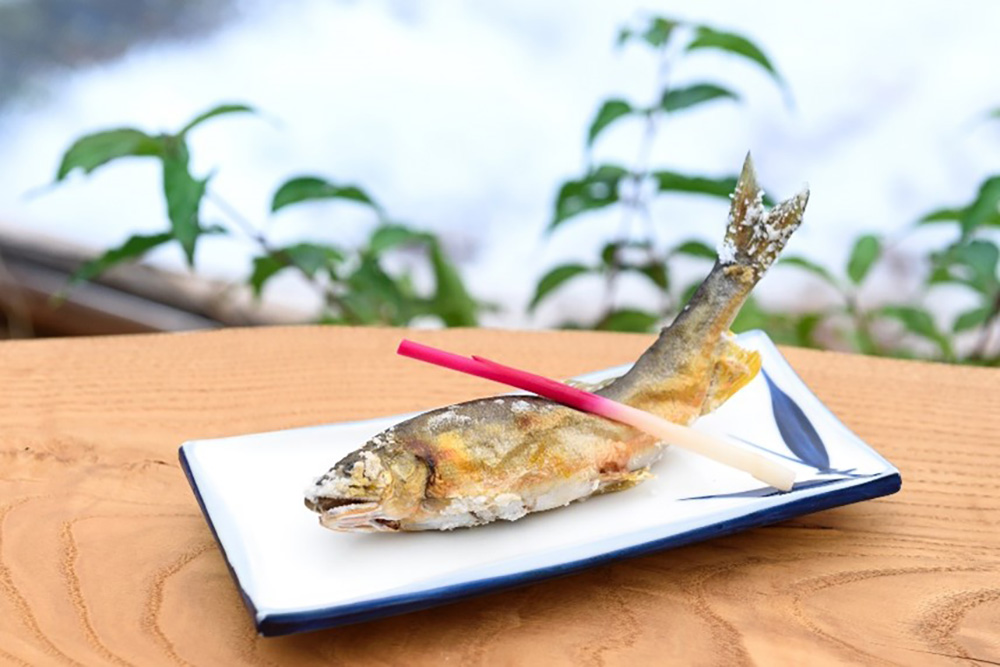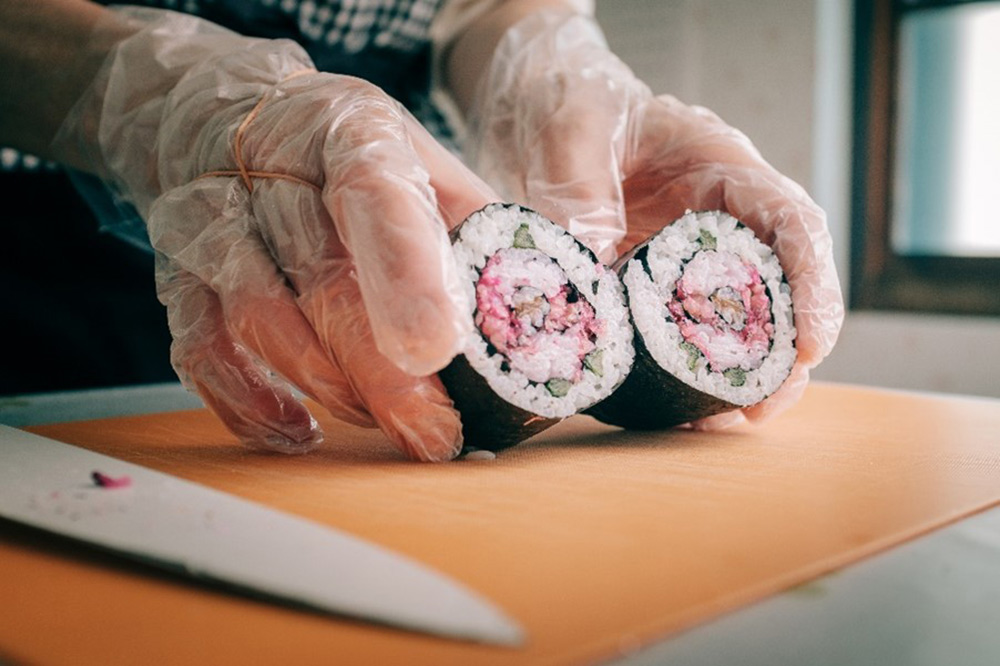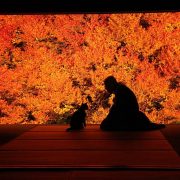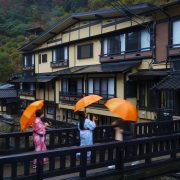Nine most amazing experiences to have in Gifu, Japan
Gifu is an inland prefecture located roughly in the centre of Japan. It is easily accessible from places like Tokyo, Kyoto, and Osaka and other main cities along Japan’s Golden Route. It is two hours 10 minutes from Tokyo, one hour 10 minutes from Kyoto or one hour 15 minutes from Osaka – all by Shinkansen.
Gifu has a rich, natural beauty with forests and clear streams. Equally alluring is its culture, timeless traditions and exquisite foods, handed down through many generations. These treasures remain alive in the everyday life of Gifu locals.
Gifu would be an excellent addition to any break in Tokyo, Kyoto or Osaka. Or visit for a week and explore just a few of its many treasures. From hiking the Northern Japan Alps, to cycling on the Old Nakasendo road in a time trip back to the Edo period, and from bathing in hot springs to exploring the magical UNESCO Heritage Site, Shirakawa-go, adventures for all await.
Here are nine highlights of this incredible prefecture.
Hike the forests
The mystical forests of Goshikigahara sprawl over 3,000 hectares across the southern end of Chūbu Sangaku National Park. This oasis of calm is unspoiled by human activity. It provides explorers with an abundance of wildlife, flowing mountain streams and waterfalls to enjoy. There are three eight hour hikes in this Park. The Kamoshika (antelope) course takes you to seven waterfalls. The Shirabiso (silver fir tree) trail meanders through a landscape of water and mossy rocks. And the Gosuwara (lava plateau) trail traverses the primeval forest.
Journey to the clouds
Reaching 3,026 metres above sea level, Mt. Norikura is located on the southern edge of the Japanese Alps. Norikura is home to the highest road in Japan – the Norikura Skyline. With access by bus (operating mid-May until end October), take the journey to the clouds before trekking 1.5 hours from the end of the Norikura Skyline to Tatamidaira, the highest peak of Kengamine.
Take the waters
What would a visit to Japan be without immersing yourself in onsen (hot springs) culture? Gero Hot Spring in Gifu is considered one of the three most famous hot springs in all of Japan. It is particularly favoured for the smooth quality of its waters and can be experienced with an overnight trip from Tokyo. Foot baths scattered throughout the town make strolling a pleasure. Just stop for a soak in this special hot spring water anywhere, anytime.
Fish with the cormorants
Another Gifu must is to go cormorant fishing. This is an ancient summer fishing tradition locals call ‘Ukai’. Fishing masters take out torchlit boats at night to catch sweetfish using cormorants. This method of fishing has existed in Gifu for more than 1,300 years. You can watch the fishermen at work every night on the Nagara River (from Gifu City and Seki City locations) between mid-May and mid-October. English guided tours are available. Charlie Chaplin came to watch Ukai and loved it so much that he returned to see the tradition again.
Watch master sword-makers at work
For 800 years, bladesmiths in the city of Seki have been creating swords, knives and cutlery. This craft has been passed down in some families for 25 generations. This intricate process of making traditional Japanese blades begins with iron sand which is combined with charcoal in a furnace and tended for three days. Broken into different hardness levels, the steel is then combined at 1300ºC and then hammered, lengthened, and folded at least 10 times. Clay is added to the blade before it is repeatedly heated and cooled to harden the blade. The entire process takes 15 days.
Sword making is highly regulated with only 10 bladesmiths in Gifu licensed to create ‘katana’ samurai swords. When travel returns, visitors can gain an insight into the tradition and life of a bladesmith at Seki Traditional Swordsmith Museum or Cutler Sansyu and the Seki Hamono Museum.
Unique UNESCO
Gifu’s traditions and outdoor beauty combine in the fairytale-like settlement of Shirakawa-go. This UNESCO Heritage-listed site, part of Shirakawa Village, is known for its gassho-zukuri style houses. These houses have roofs that are designed to resemble hands that are clasped in prayer. Wander among the rice paddies and beautiful residences, many of which are still lived in today.
Best of the beef
Part of the prestigious wagyu beef family, the characteristics of Hida beef are its rich marbling, pink colour, mellow fragrance and dynamic flavour. One of the key locations for trying this premium meat is Takayama, also known as Hida Takayama thanks to Hida beef as its most admired export. Hida is one of only a few styles of wagyu in Japan and is among the highest grade along with Kobe beef and Mie prefecture’s Matsusaka beef. It can come in many formats, including street stalls on a stick, Hida beef sushi, beef buns, croquettes, steak and shabu shabu.
Where to try: In Gifu City, try popular BBQ yourself style restaurant, Yakiniku Shun Yasai Fanbogi. Serving various cuts and style of Hida Beef alongside local vegetables, you can cook the meat as you desire at this Michelin star eatery.
Located in the old part of Takayama city, juxtaposing French-style restaurant, Le Midi, is a hot choice for trying Hida beef steak. Owned by Chef Tagami Katsunori, a fusion of training in Japan and in French Michelin restaurants is prevalent in Le Midi’s menu and atmosphere.
Savour Ayu – the sweetest fish
The clear waters of the Nagara River and its tributaries have provided Gifu locals with ayu sweetfish for centuries. These fish are still caught in some regions using the traditional techniques that have been passed down for generations. Ayu is best cooked salted and grilled.
Where to try: When Japan re-opens, book into Michelin-star restaurant, Hida Kisetsu Ryori Sakana in Takayama. Ayu is grilled in front of you on a charcoal-style pit in the middle of the table. Summer is the best season to try this. Other seasonal delicacies are also served, including Hida Beef Steak – shabushabu – using premium Wagyu Beef. It is served with local wild vegetables picked from the mountains. Sake matching is available.
Flower sushi – Mitake Hana-zushi
Locals in the quaint country town of Mitake-cho have created a new local delicacy to put the area back on the map – hana-zushi. Translating literally as ‘flower sushi’ the dish comes in 14 varieties – each with a different flower design or shape. Each flower that is used to form hana-zushi designs represents different elements of the culture, history and nature of the region. The peony is a local symbol and emblem of the nearby Ganko-ji Temple, whilst the rose is a local flower that grows in abundance in the area. Mitake-cho was once part of the great Nakasendo Highway that stretched across Japan
Where to try: Head to the historic town of Mitake-cho, where hana-zushi can be found in local restaurants and stalls. Try making the local dish yourself at a cooking class, Mitake Hana-zushi no Kai (reservations required).
Watch this video of Gifu to see it for yourself.
Find out more by visiting Visit Gifu

